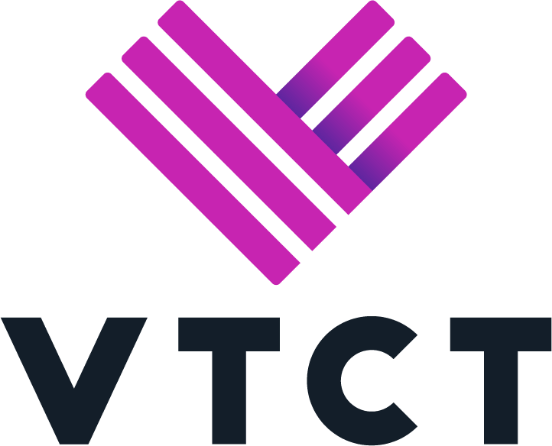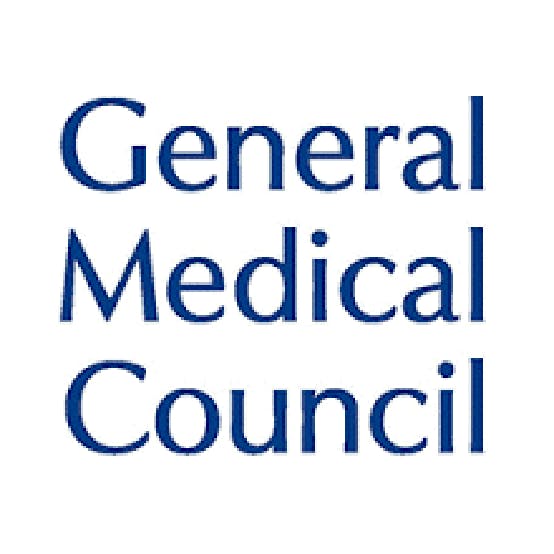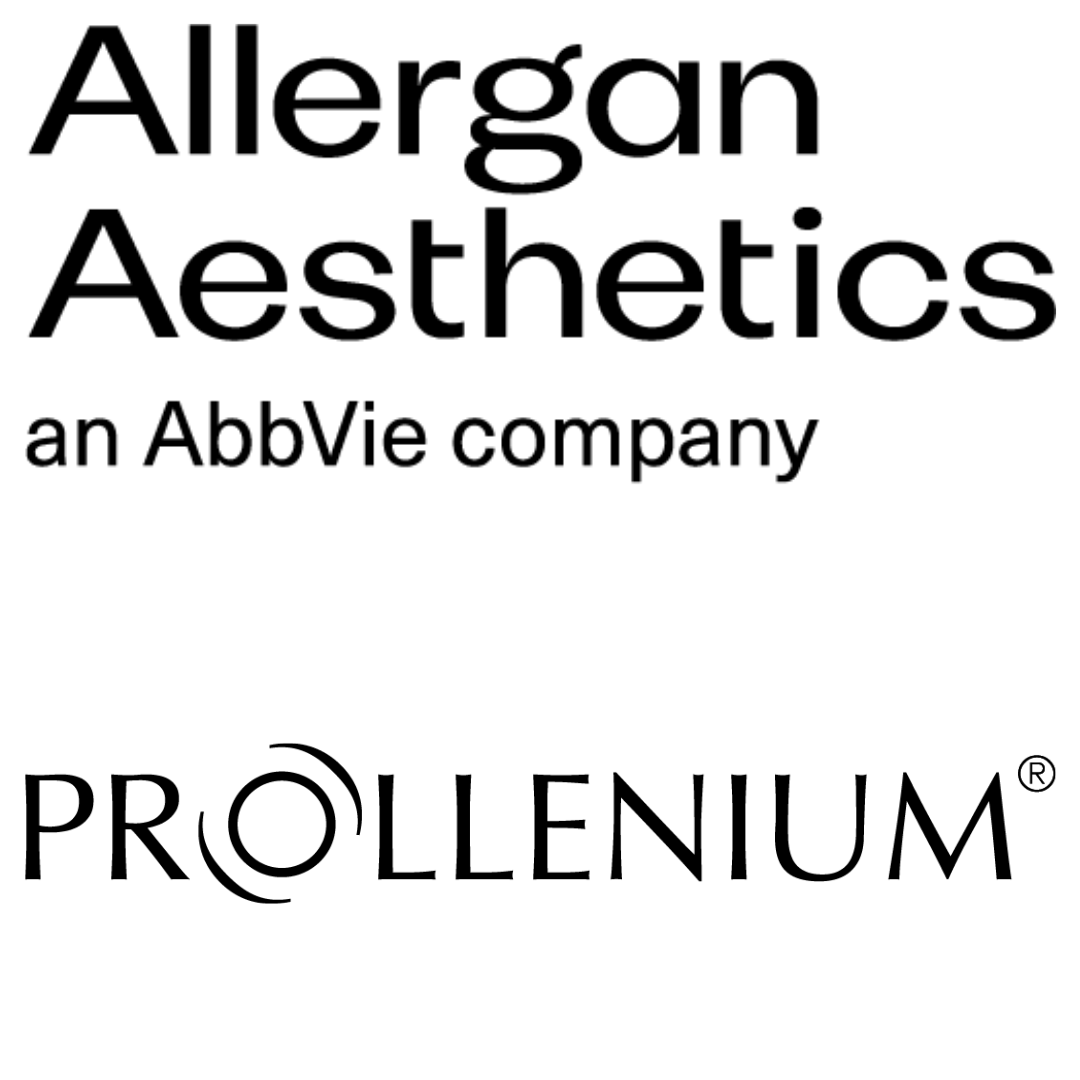Pop Quiz: Brow Ptosis Botox Complications
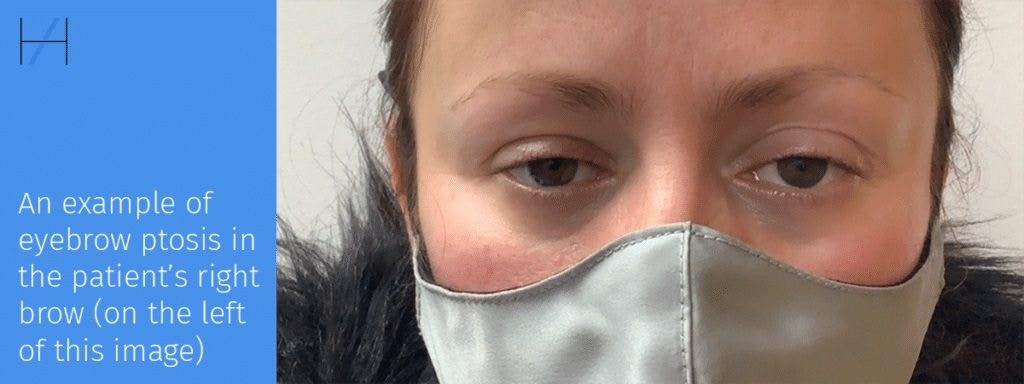
Brow ptosis is a botox complication that new injectors in particular may experience.
This dreaded eyebrow droop is often cited as a fear that stops people from getting toxin treatment. As such, it’s imperative you learn the correct approach from the beginning to avoid getting a reputation for poor outcomes when you first start out as an aesthetic practitioner.
We recently posted a social media Pop Quiz on Brow Ptosis; this article explains these answers in more detail. It also provides further constructive advice from Paula O’Sullivan, a specialist aesthetics nurse, Level 7 Diploma graduate and clinical trainer at our flagship base in the City of London.

Brow ptosis quiz answers
1 What is brow ptosis?
A Excessive heaviness above the eyebrows
B Excessive lifting of the eyebrows
The correct answer is A.
“Eyebrow ptosis is an adverse effect of botox which causes the feeling and appearance of heaviness above the eyebrows,” explains Paula.
2 Which muscle is affected in brow ptosis?
A Orbicularis oculi
B Frontalis
The correct answer is B.
Paula notes, “Anatomical understanding of the muscles in the upper face is imperative when offering toxin treatments. Brow ptosis affects the normal elevator muscle activity of the frontalis muscle. It can happen medially or laterally.”

3 How far above the frontalis should you inject to avoid brow ptosis?
A At least 1cm above the brow
B At least 2cm above the brow.
The correct answer is B.
When it comes to preventing eyebrow ptosis, Paula advises, “Brow ptosis tends to occur when low injection sites are used for frontalis and/or doses that are too high for the patient. This can, therefore, put patients who want to achieve a ‘frozen’ look more at risk. A good patient assessment and understanding of those at risk of ptosis is key, as well as understanding when frontalis treatment is not a good idea at all.”
She has some great advice on injection technique, too: “When treating the frontalis muscle, always inject at the mid-forehead or above. This is usually at least 2cm above the brow – higher where possible. Always inject the glabella at the same time as you perform the frontalis treatment. This is due to the mechanism of muscle action, given the frontalis is an elevator and the glabella is a depressor so they work synergistically.”
4 Which household item can be useful in resolving brow ptosis?
A Microwave.
B Electric toothbrush.
The correct answer is B.
“In cases of brow ptosis there are various methods, physical and medical, which may provide some resolution prior to normal muscle function returning at around 6-8 weeks,” explains Paula. “Physical stimulation, such as using an electric toothbrush to massage the area for several minutes daily, debatably, may stimulate the return of muscle function. Should there be residual glabella complex activity depressing the medial brow, this could also be treated with a small dose to mitigate medial brow ptosis. Injecting the higher orbicularis oculi point may also help by causing a small raise to help alleviate symptoms of brow ptosis.
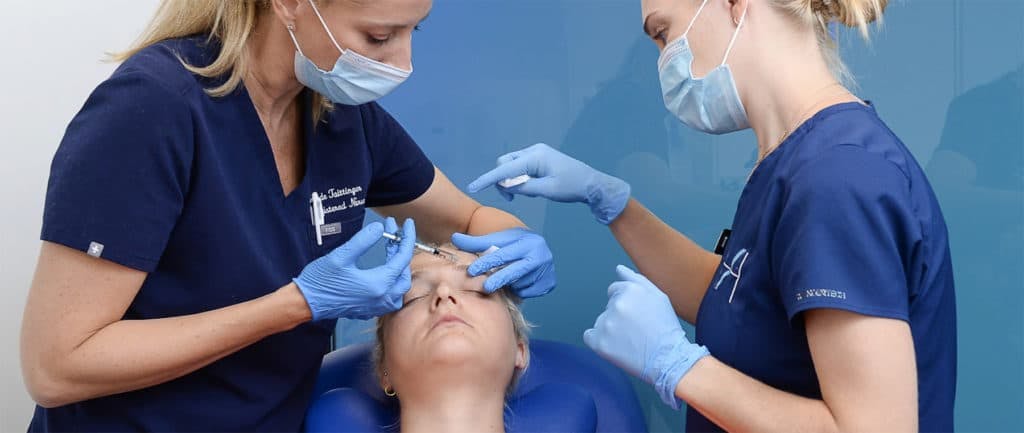
Advice for managing eyebrow ptosis patients
In addition to her helpful insights above, Paula also offers the following advice for managing ptosis patients…
“Reassure the patient and don’t underestimate their upset or worry. Follow up with your patient. Learn how you can avoid this from happening in the future.”
Having a rigorous knowledge of anatomy, injection technique and practical experience are the best ways to avoid causing ptosis. This is why an extensive, high calibre aesthetic medicine education is vital to optimising your approach as a safe and confident injector.
To learn more about the various injectables training courses we offer – from our Foundation Training and Level 7 Diploma to our Advanced Masterclasses – or to discuss which one would fit your requirements, book a call with Deneal Basi. As our head of student recruitment, Deneal will take all your requirements into account, including the time you have available and your budget, and help you discover your perfect aesthetics pathway.
Please be aware Harley Academy requires all students to be licensed doctors, dentists, nurses or midwives in order to qualify for any of our courses.




